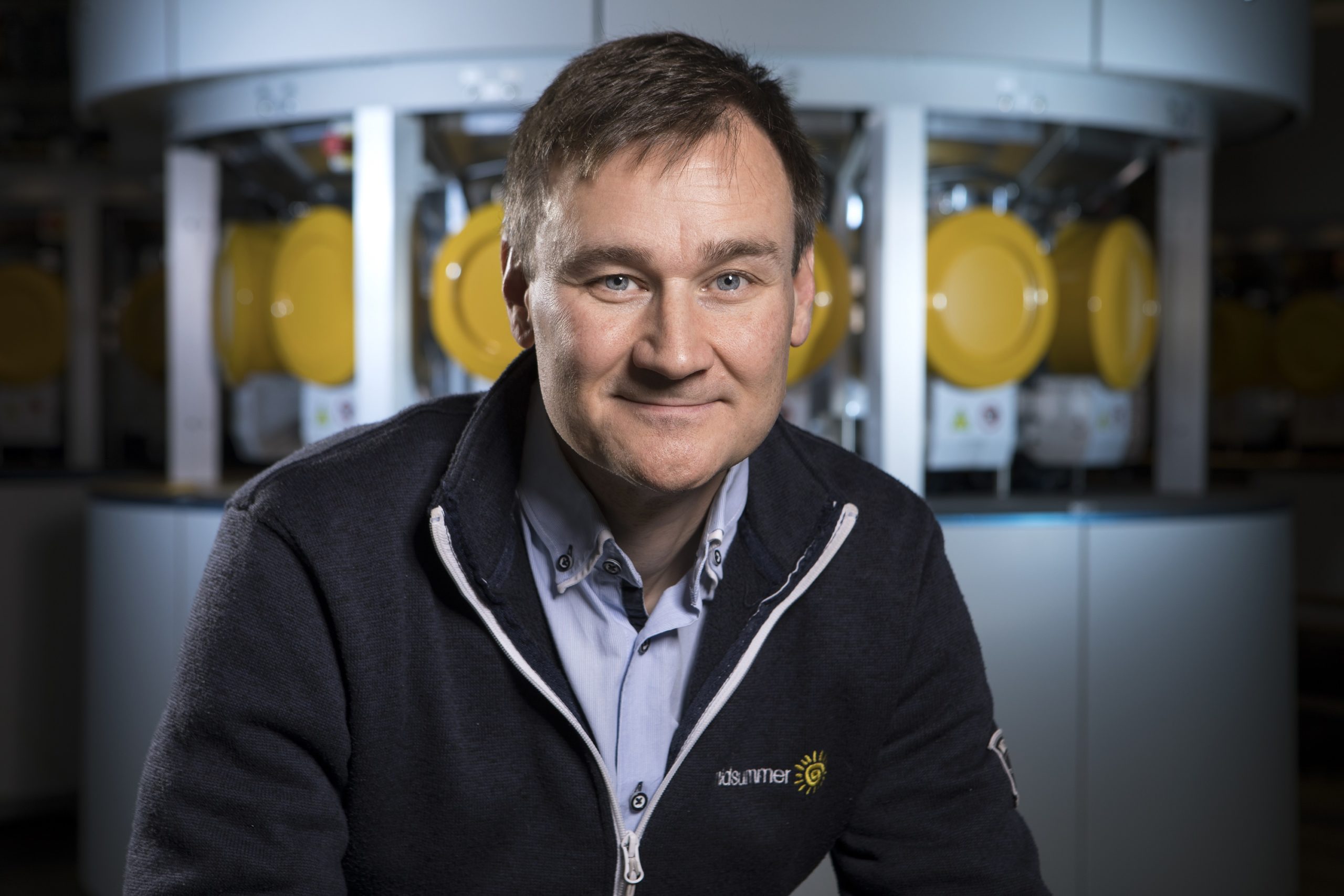Electric power arrived at Cape Town around 1900 with the construction of a coal-fired, steam-driven power station located near the Victoria and Alfred dockyard area. The location offered 2-advantages in that the power station was close to the unloading area of coal ships that could sail from Durban. The second advantage was that close proximity to the sea allowed for seawater cooling of the exhaust-steam condensers. For several years, City of Cape Town owned that power station that closed in 1965 and ended electric trolleybus operation in the city.
Table Mountain Pumped Storage:
Very recently, City of Cape Town officials have expressed interest in once again operating a power station. At the present time, the topography of Cape Town offers an option to introduce pumped hydraulic energy storage using existing reservoirs located on top of and at the side of Table Mountain. Molteno Reservoir is Cape Town’s oldest storage dam while Hely Hutchison and Woodhead dams were built at higher elevation during a later period. The difference in height elevation between Molteno Reservoir and Hely Hutchison allows for pumped hydraulic energy storage.
At the present time and to the southeast of Cape Town near Grabouw, Eskom operates the 400MW Palmiet pumped storage installation that involves using Steenbras Dam as the Upper Reservoir and a lower reservoir located some 60-m below ground level, where pumping turbines are installed. While installing pumped hydraulic storage using a pipeline between Molteno and Hely Hutchison reservoirs would only offer a small fraction of the output of Palmiet, that storage capacity could provide some benefit to City of Cape Town. During the overnight hours, it could be recharge on low-cost electric power.
Offshore Coastal Submerged Energy Storage:
The City of Toronto1, Canada is located on the north shore of Lake Ontario where a joint project between the city power company, Toronto Hydro and an energy storage developer known as ‘Hydrostor’2 has installed an underwater compressed air energy storage technology. Like Toronto, Cape Town is a coastal city with potential to borrow the underwater compressed-air energy storage technology. While Toronto is surrounded by flat terrain, Cape Town’s mountains offer a means by which to enhance the compressed air energy storage system. During the overnight hours, compressed air is pumped into underwater ‘balloons’ secured to the lakebed.
During peak hours, compressed air mixed with natural gas enters combustion chambers that activate gas turbines that drive electrical generators. Toronto has access to a natural gas delivery pipeline while Cape Town has no such access. It may be many years before a trans-Africa natural gas pipeline is built, to transport natural gas from underground wells off the coast of Tanzania and Mozambique. Cape Town will depend on ships to deliver LNG (liquefied natural gas) and use floating storage. Cape Town could modify underwater compressed air energy storage using inflatable high-pressure ‘balloons’ and eliminate need for natural gas.
Cape Town Compressed Air Storage Option:
An alternative concept can connect the submerged ‘balloons’ to high-pressure above-ground water tanks that will feed a high-pressure stream of water through hydraulic turbines. At Cape Town, it may be possible to excavate a suitable cavern in the coastal mountains or enlarge a suitable cave and apply sealant to allow it hold high-pressure air as well as high-pressure water. Underwater ‘balloons’ will storage compressed air that will be linked via high-pressure pipes to a cavern with sealant applied to its roof and walls. The cavern will store water or even seawater.
If potable water were to be used, then a second cavern of equivalent size and at lower elevation would be required. During operation, compressed air would be applied to the water in the cave with impermeable walls and roof. Compressed air would force a stream of water through hydraulic turbines that would drive electric generators. During recharging, the hydraulic turbines would function as pumps and push water under pressure into the upper cavern, forcing compressed air into the submerged ‘balloons’. An air-compressor could undertake final ‘topping-off’ compressor duties to assure maximum available air-pressure.
Cavern Requirements:
A cavern with sealant applied to its walls, roof and floor would be required to withstand considerable internal pressure resulting from its connection to underwater ‘balloons’ filled with compressed air. For seawater, a vertical elevation of 500-metres would translate to a pressure of over 5000kPa. The weight of earth above the cavern and the ‘friction’ of earth to the sides of the cavern would need to be sufficient to prevent a ‘blowout’. The seafloor some 160-km to the west of Cape Town drops off to below 2,000-metres, allowing for a peak pressure of around 20,000kPa.
A cavern excavated deep under Table Mountain, perhaps below sea-level, would require sealant applied to its surface to become impermeable so as to prevent seepage of seawater and possible ‘piping’ through weak areas. A high-pressure pipeline would link the underwater ‘balloons’ to the cavern. Siemens offers hydraulic pumping turbines capable of operating over a vertical elevation or ‘head’ of 600-metres (6,000kPa), meaning that the underwater ‘balloons’ would have to be located closer to Cape Town. A sufficiently large number of caverns could offer a storage capability of 1,000MW that could be available during peak demand periods.
Environmental Factors:
Cape Town area’s Cape Peninsula has a geological based of porous or permeable rock. Across the Cape Flats region, that porous permeable subsoil serves as an aquifer with potable water storage capability. The geology of Table Mountain includes permeable, porous subsoil structure that functions as an aquifer that stores large volumes of potable water. Any cave under Table Mountain that is enlarged for high-pressure seawater storage or especially excavated for the purpose of high-pressure seawater storage, would require that a long-lasting and robust sealant be applied to the cavern interior surface so as to prevent leakage or seepage.
The sealant would serve the dual purpose of preventing leakage of air-pressure as well as leakage of water. Cape Town’s recent drought greatly reduced water levels in some of Cape Town’s dams to near 20% capacity. Given that future occurrences of drought are unpredictable, an energy storage system that uses compressed air over seawater could assure continued operation of a future such system during future periods of drought. Cape Town area environmentalists would naturally wish to have input into any proposal that involves future energy storage for the region that involves storing seawater under high pressure.
Conclusions:
Cape Town area offers much potential to use several renewable forms of energy to generate electric power. Technologies such as wind power, ocean wave energy conversion and ocean current power conversion (using submerged turbines) can often generate power during periods of very low market demand. Nuclear (thermal – steam) power stations operate optimally when all thermal components are maintained at constant temperature and pressure. Energy storage is therefore compatible with these energy generation technologies. Cape Town area has potential for a small pumped storage installation of several hundred kilowatts as well as a multi-gigawatt energy storage concept.
There will be need for further research and further evaluation of future energy generation and future energy storage technologies for the Cape Town area. The viability and feasibility of an extensive array of undersea ‘balloons’ that store compressed air at high-pressure that connects via undersea high-pressure pipeline to Cape Town, will require further evaluation. Maintenance, inspection and repair of deep-sea, compressed air energy storage would require use of remote control machinery as well as remote monitoring technology. Evolving new technologies that pertain to oceanic drilling could have application in an offshore, underwater compressed air storage installation near Cape Town.
- https://www.torontohydro.com/
- https://hydrostor.ca/
About the Author:
Harry Valentine was born at Cape Town and attended primary and secondary schools in Cape Town’s District-6 area. He achieved his degree in engineering overseas at Carleton University.


